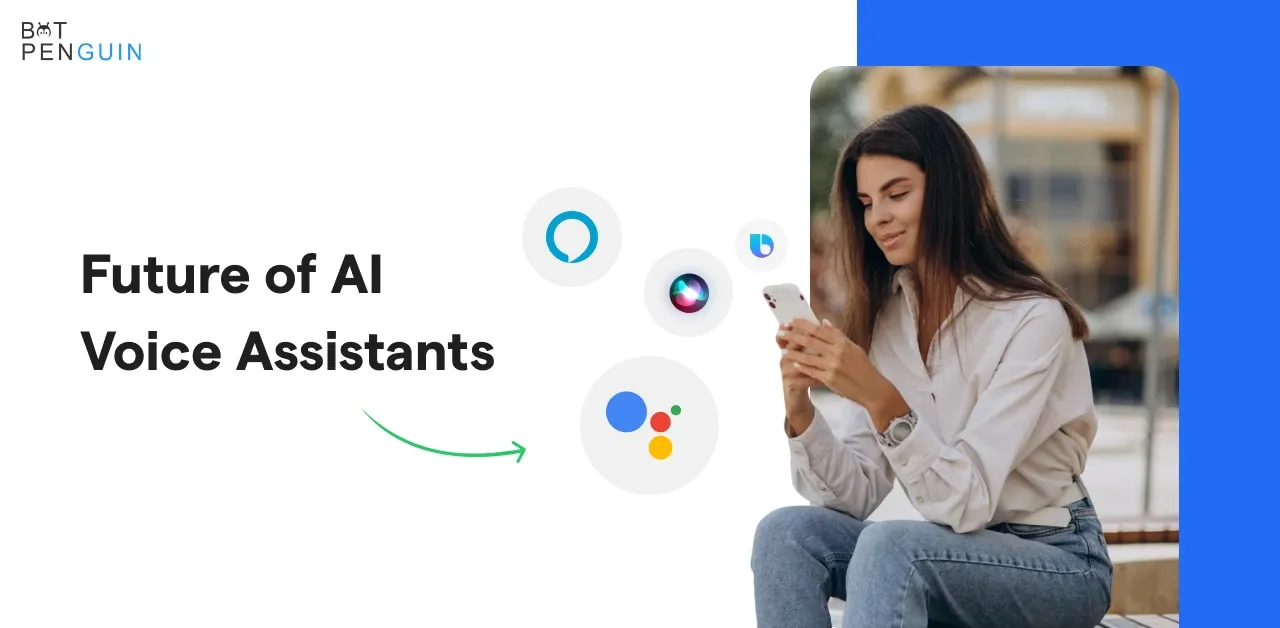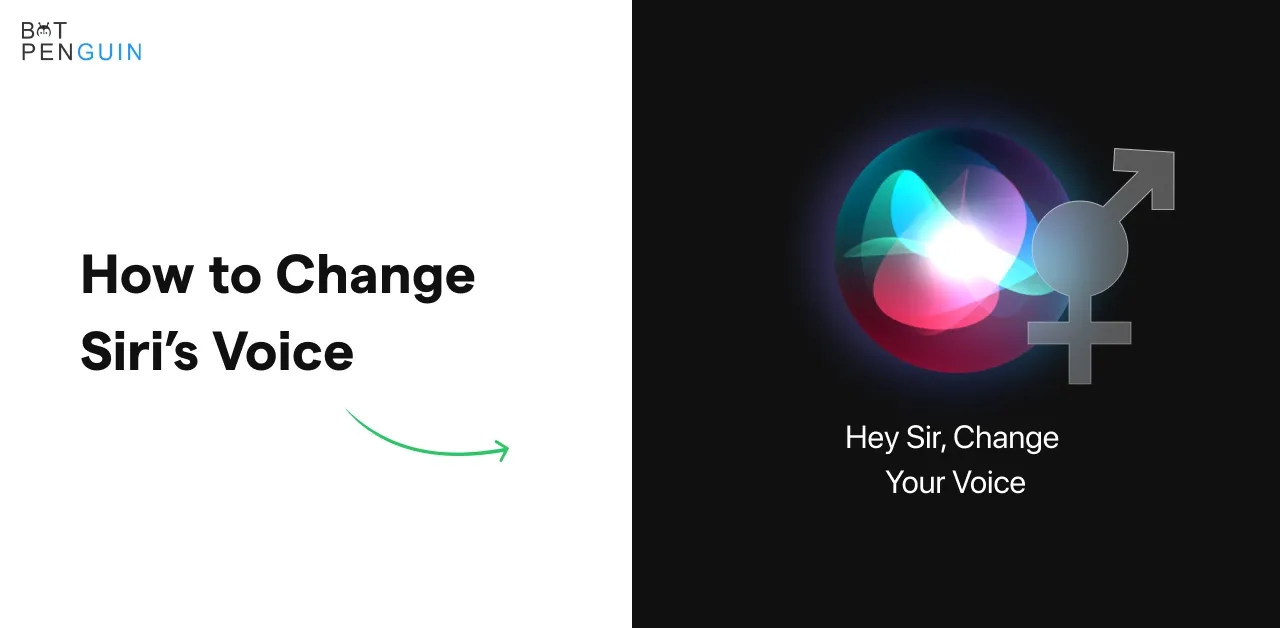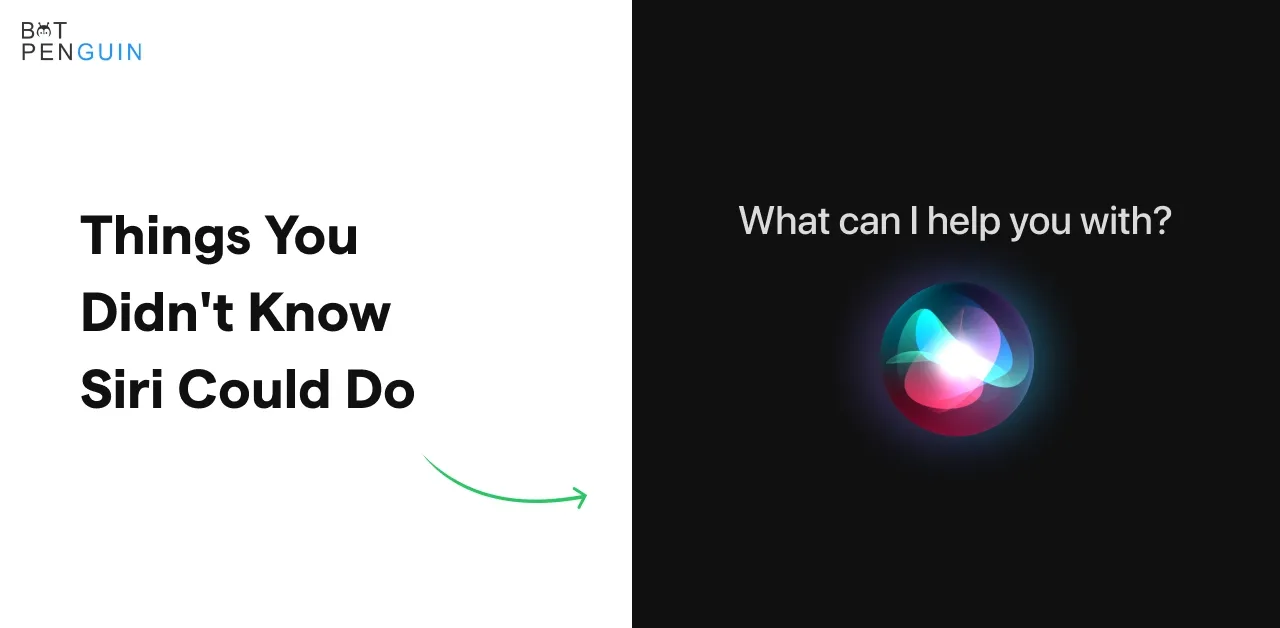Gone are the days when customers would engage with a brand through a single channel. Now, they expect a unified experience, seamless interactions, personalized services, and instant responses through multiple channels.
An omnichannel customer experience is a holistic approach that provides a seamless and consistent experience across all channels. According to Coveo, 80% of customers claim that a company's experience is as important as its products and services.
Omnichannel customer experience revolutionizes how businesses interact with consumers, creating a consistent customer journey. It seamlessly integrates online, offline, social media, and other channels.
Omnichannel goes beyond multichannel by ensuring that the transition between channels is smooth and hassle-free. As the Harvard Business Review says, 73% of customers prefer shopping through multiple channels.
The ultimate goal of Omnichannel CX is to enhance customer satisfaction and loyalty by delivering a cohesive and personalized experience. It drives not only immediate sales but also long-term brand advocacy.
So, continue reading about omnichannel customer experience in this blog.
What is Omnichannel Customer Experience?
Omnichannel customer experience is a seamless and integrated approach to customer interactions across multiple channels. Such channels include online platforms, social media, mobile apps, and physical stores. It ensures a unified customer journey, where individuals can switch between channels effortlessly while maintaining consistent information, service quality, and personalized experiences.
Omnichannel strategies enable businesses to create a cohesive brand presence. It anticipates customer needs and delivers a consistent and satisfying experience regardless of the channel chosen.
By breaking down silos between various touchpoints, businesses can enhance customer satisfaction, build brand loyalty, and optimize overall customer engagement.
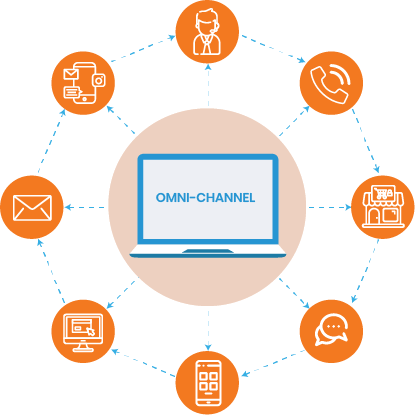
What Sets Omnichannel Apart from Multichannel?
You might think, "Aren't they the same thing?" Omnichannel goes beyond multichannel, which merely refers to having a presence on several channels (such as a website, social media, and physical store).
Omnichannel marketing aims to seamlessly combine these channels to deliver a unified, personalized experience. The interaction with you is seamless and catered to the demands of your clients, whether they interact with you online, through a mobile app, or in person.
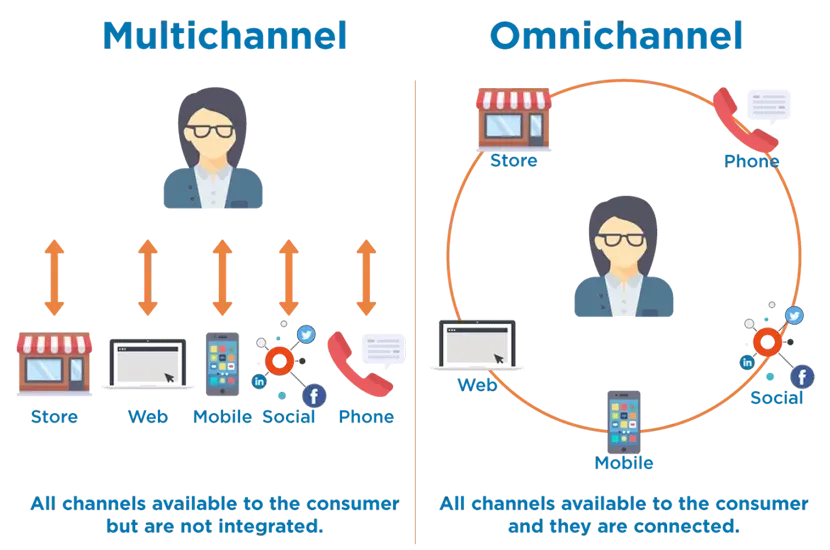
Key Components of an Omnichannel Strategy
Now that we know the difference let's uncover the critical points of an effective omnichannel strategy.
Unified Customer Data
Centralizing your customer data is essential here.
You can better understand their preferences, behaviors, and purchase history by having a single view of each customer across channels.
It helps you deliver tailored experiences at every touchpoint.Consistent Messaging
Imagine receiving different messages from a company depending on the channel you're using.
It would feel like talking to different people, right? In an omnichannel approach, your messaging is unified and consistent.
Whether your customers receive an email, a push notification, or a billboard ad, they feel the same brand voice and values shining through.Seamless Integration
No one likes feeling like they're starting from scratch every time they switch channels.
Omnichannel strategies focus on seamless channel integration, allowing customers to pick up where they left off without friction.
For example, they can browse products on your app and then seamlessly transition to purchase on your website without missing a beat.
Examples of Successful Omnichannel Experiences
Here are a few examples of brands that have nailed their omnichannel customer experience game:
Starbucks
Ah, the coffee powerhouse that knows how to keep its customers hooked. Customers at Starbucks can place orders through their smartphones, personalize drinks, and even get rewards.
You have the option of having your order delivered right to your door in addition to picking it up in-store. Talk about having options at your fingertips!
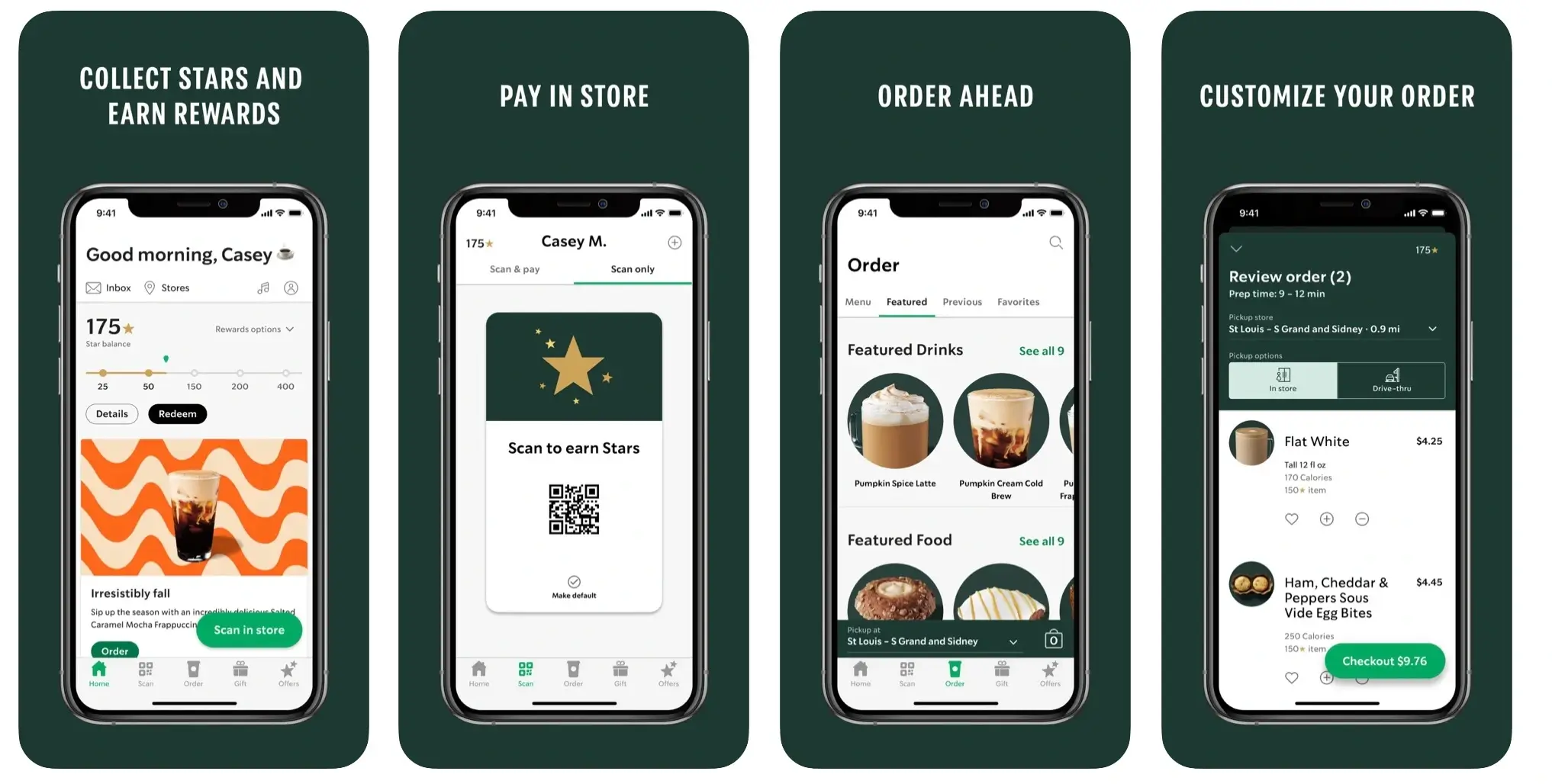
Nike
Nike understands the power of convenience.
They offer a seamless omnichannel experience by allowing customers to shop online, visit their physical stores, or even use their mobile app to explore products.
Plus, they enable customers to reserve items online and try them on in-store.
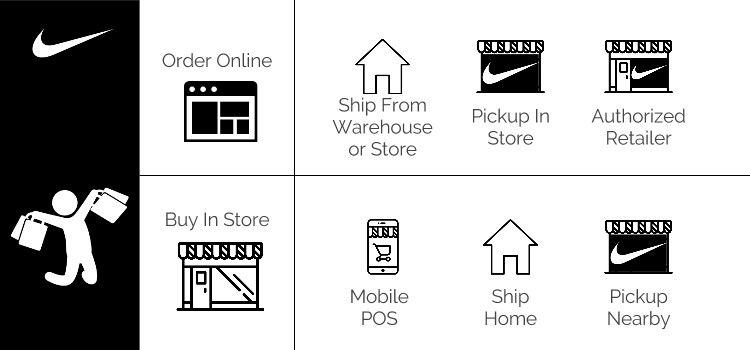
Sephora
Sephora is a true beauty guru when it comes to omnichannel.
They offer a visually stunning and user-friendly app where customers can explore products, get personalized recommendations, and even try on virtual makeup.
Whether you're buying online, in-store, or through their app, Sephora ensures a consistent and delightful experience.
The Benefits of an Omnichannel Approach
Now that we understand the concept let's explore the exciting benefits that an omnichannel approach brings to the table.
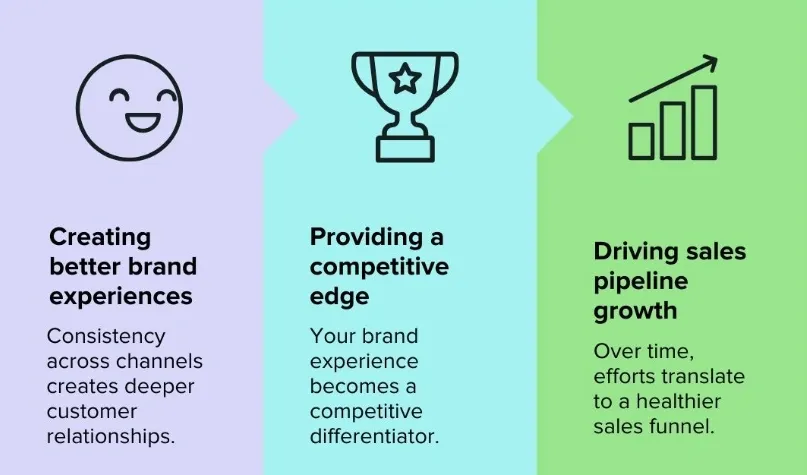
Enhanced Customer Satisfaction and Loyalty
When customers receive a consistent and personalized experience across all touchpoints, it gives them satisfaction. They feel understood, valued, and catered to, which enhances satisfaction. And you know what they say—happy customers lead to loyal customers!
Whether clients are browsing your website, interacting on social media, or visiting your physical store, by providing a frictionless journey, you build a strong bond that keeps them coming back for more.
Increased Customer Engagement and Retention
Consider this: it's not exactly a pleasant experience if clients have to start over every time they switch from one channel to another. However, by using an omnichannel strategy, you can make such transitions less abrupt and maintain the pace of the conversation.
By seamlessly integrating your channels, customers can pick up where they left off, whether adding things to their cart on your website or conversing with your support team on social media. It boosts their engagement and keeps them hooked on your brand.
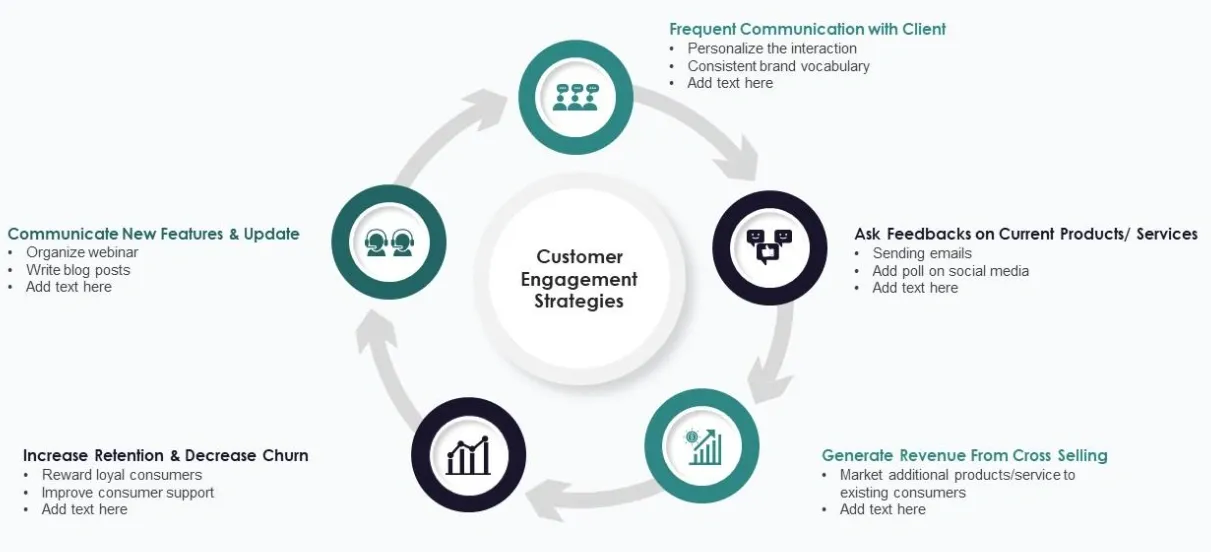
Improved Brand Perception and Reputation
In the vast digital landscape, companies that offer an exceptional omnichannel experience stand out. When customers experience a consistent brand message, look, and feel across channels builds trust and credibility. And trust is the foundation of every strong relationship.
You enhance your brand perception and reputation by creating a unified and memorable experience. Customers will advocate for your brand and spread the word to their friends and family.
But maintaining an omnichannel presence for any brand is tough. Because it's hard for one person to be present everywhere.
Either you can hire multiple people to support your omnichannel strategy or you can look for a better and cost-efficient solution i.e. chatbot!
And that is where BotPenguin steps in, the ultimate home of chatbot solutions. With BotPenguin you get to have these intelligent AI-powered chatbots across multiple platforms. And for the sweet dish, you have this unified inbox to keep a check of all your different platform's chatbot messages in one place.
Making omnichannel support look super easy:
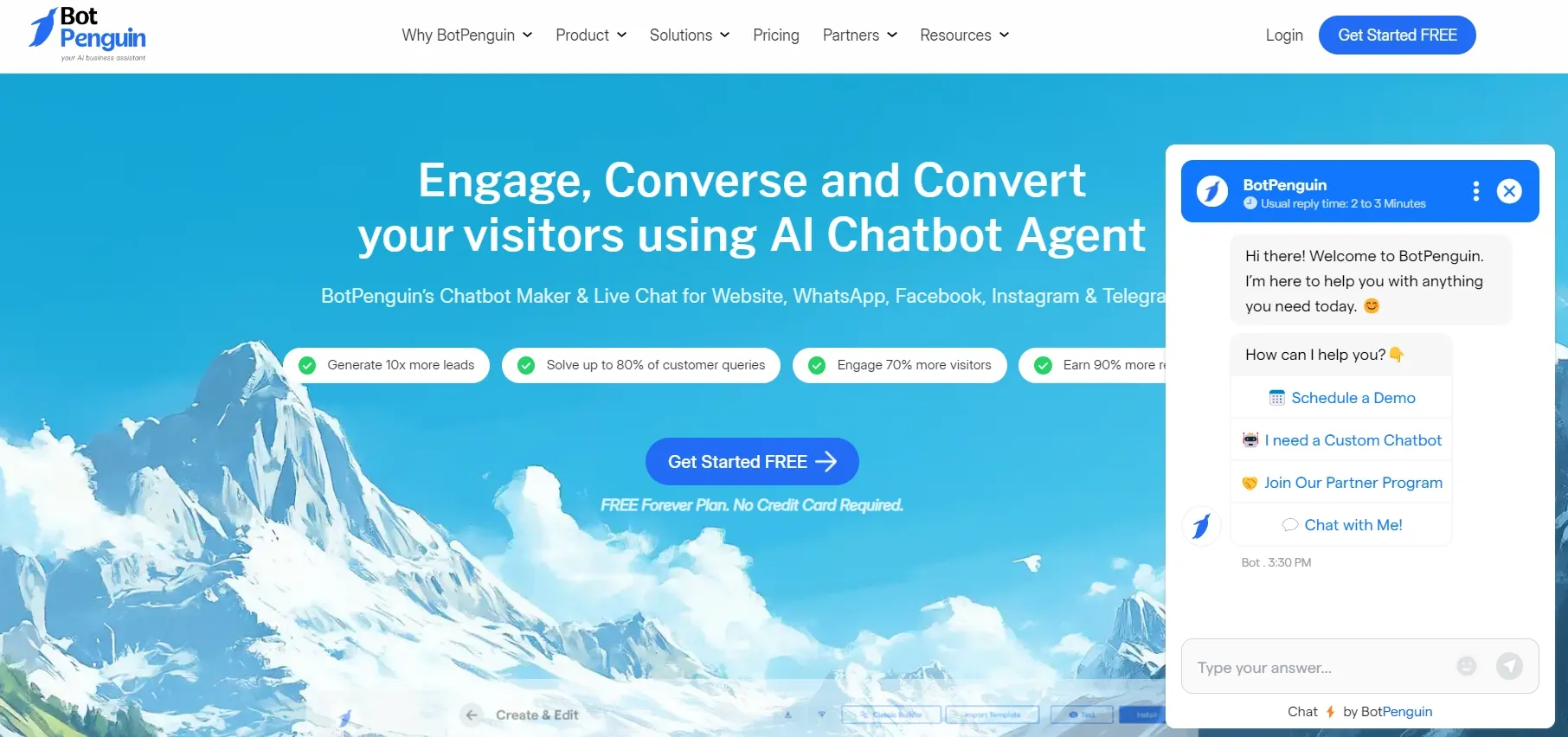
Integrating Customer Touchpoints Seamlessly
Connecting with customers across various touchpoints is crucial for business success. But it's not just about reaching them on different platforms; it's about providing a seamless and personalized experience that keeps them engaged and coming back for more.
Importance of data integration and synchronization
Any successful marketing plan depends on data. But what use is it if data is fragmented and isolated across several systems?
You may eliminate these silos and provide a single understanding of your clients by integrating the many customer touchpoints. It implies you comprehensively grasp your customers' preferences, behaviors, and demands. It will be done regardless of how they connect with your brand—through your website, social media, email, or in person.
However, synchronization is just as crucial as data integration and comes after it. You can ensure that consumer information is consistently accurate and up to date by synchronizing your data across various platforms and technologies.
When a customer visits your website, receives an email, or interacts with your brand on social media, you can create a seamless experience.
Leveraging technology and automation tools
Although integrating and synchronizing data can be challenging, technology is fortunately available. There are several platforms and tools available that can speed up and improve the process.
These technologies are made to interact with your current systems and offer a central location for client data. It ranges from customer relationship management (CRM) systems to marketing automation platforms,
You may optimize workflows, automate procedures, and learn important information about the preferences and habits of your customers by utilizing these technologies. For instance, marketing automation tools can assist you in audience segmentation, message personalization, and campaign automation across several channels.
It helps you save time and money and guarantees every consumer a customized experience based on their requirements.
Creating personalized experiences across channels
It's time to concentrate on developing individualized experiences across channels now that your data has been merged and synchronized and you're utilizing technology and automation.
Personalization is essential for brands to match the expectations of today's consumers so that they understand and know them and their preferences. Integrating your data and automation technologies lets you provide clients with personalized information, recommendations, and offers at every touchpoint.
Consider a consumer who visits your website, puts a product in their cart, and then decides not to buy it. You can remind them about the goods and offer them a special price by showing them social media advertising using personalized retargeting.
This degree of personalization not only improves the consumer experience but boosts conversion rates and encourages repeat business.
Suggested Reading:
Best Practices for Implementing Omnichannel Strategies
Now that we've covered integrating customer touchpoints seamlessly let's dive into best practices for implementing omnichannel strategies. Here are some best practices to consider:
Mapping the customer journey across multiple touchpoints
The first step in implementing an effective omnichannel strategy is to map the customer journey across multiple touchpoints.
Start by listing all the online and offline touchpoints where your customers and new users can interact with your brand. Your website, social network accounts, email marketing, smartphone app, physical store, and other platforms may all fall under this category.
You can create a smooth and tailored experience that satisfies their demands by understanding how customers travel between these touchpoints and their expectations at each level.
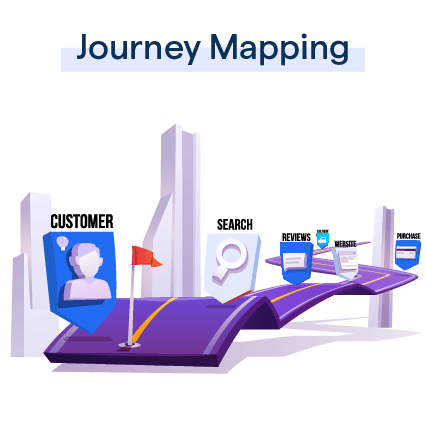
Designing a consistent and cohesive brand experience
After mapping out the consumer journey, you should create a consistent and unified brand experience. It ensures that your brand's look, feel, and messaging are consistent across all touchpoints. Customers should feel like they are interacting with the same brand, whether surfing your website, reading an email, or going to your store.
Ensure your branding components, such as logos, colors, and fonts, are similar across all platforms to create this consistency. Additionally, pay attention to the voice and tone of your messaging to ensure it reflects your business's essence. Increase customer trust and loyalty by upholding a unified and consistent brand experience.
Using analytics to measure and optimize omnichannel performance
Last but not least, analytics are vital for gauging and improving your omnichannel success.
You may learn much about what is working and what needs improvement by measuring important metrics across several touchpoints, such as customer engagement, conversion rates, and lifetime value. You may fine-tune your omnichannel approach with analytics tools to find patterns, trends, and areas for improvement.
Keep in mind that developing an efficient omnichannel strategy requires continual effort. Keep track of the most recent technological developments, and regularly monitor and analyze your data. And constantly be prepared to modify and develop your plan in response to client feedback and shifting market conditions.
Overcoming Challenges in Adopting Omnichannel
When adopting an omnichannel approach, businesses often encounter various challenges. So let's look at them.
Resource Allocation and Budget Considerations
One of the hurdles in adopting an omnichannel strategy is allocating resources and budget. Managing various channels and touchpoints can make it difficult to prioritize where to spend your time and money. There are ways to overcome this obstacle.
Step back to begin and assess which channels are most pertinent to your target market. Understanding your consumers' preferences and actions can help you determine which channels will provide the most return on your investment. Using this strategic method, you may effectively organize your resources and get the most out of your budget.
Consider leveraging automation tools and technology to streamline operations and reduce manual efforts. These tools can help you scale your efforts while optimizing costs, from marketing automation platforms to AI-powered chatbots. Now that's a win-win!
Cultivating Cross-Department Collaboration
Another challenge in adopting omnichannel is fostering collaboration across different departments within your organization. Each team plays a crucial role in delivering a seamless customer experience, but proper communication and alignment can lead to a cohesive approach.
To tackle this challenge, establish regular cross-departmental meetings to discuss goals, share insights, and align strategies. Encourage open and transparent communication, allowing each team member to contribute their expertise. By building a collaborative environment, you can eliminate silos and ensure everyone is working toward the same goal.
Additionally, it's a fantastic chance to strengthen interdepartmental ties and foster camaraderie.
Addressing Potential Data Privacy and Security Concerns
Data security and privacy issues become more critical as companies gather and use more customer data. Customers are becoming more reluctant to share their personal information. Therefore, businesses must allay these worries to foster customer confidence.
To tackle this challenge, prioritize data protection by implementing robust security measures and complying with privacy regulations.
Ensure the data collection and storage processes are secure and encrypted. Transparently communicate your privacy policy to customers, assuring them that their information is safe with you.
Consider implementing double opt-ins for email subscriptions, giving customers control over their data, and proactively addressing any data breaches or security incidents. By taking these steps, you'll demonstrate your commitment to data privacy and security, helping to build trust with your customers.
The Future of Omnichannel Customer Experience
Now that we've overcome the challenges, let's take a peek into the future of omnichannel customer experience.
Emerging Trends and Technologies
The digital landscape is ever-evolving, and new trends and technologies continue to reshape how we connect with customers. From virtual reality and AR experiences to voice assistants and shoppable social media, there's plenty of innovation on the horizon.
Being updated on emerging trends can give your business a competitive edge. Assess which technologies align with your brand and audience and explore how to incorporate them into your omnichannel strategy.
The Role of Artificial Intelligence (AI) and Chatbots
AI is known for revolutionizing the way businesses interact with customers across channels. Chatbots, in particular, have been gaining popularity for their ability to provide instant responses and personalized assistance. They're like your virtual customer service representatives working round the clock!
AI-powered chatbots can handle support inquiries, make product recommendations, and even complete purchases. The seamless integration of chatbots into your omnichannel strategy ensures that customers receive consistent and efficient service, no matter the channel they choose to engage with.
Opportunities for Businesses to Differentiate Themselves
With omnichannel becoming more prevalent, businesses can find unique ways to stand. You can create tailored experiences that delight customers by leveraging data and personalization.
Think about how you can leverage customer data to anticipate their needs. Also, use the data to provide personalized recommendations. Use behavioral insights to deliver targeted marketing messages and offers. The key is to make customers feel understood and valued across every touchpoint.
Additionally, creating memorable experiences, both online and offline, can help differentiate your brand. Whether hosting exclusive events, incorporating interactive elements into your physical stores, or surprising customers with personalized gifts, finding opportunities to go above and beyond will leave a lasting impression.
Meet BotPenguin: The Ultimate Platform For Omnichannel Experiences
Dealing with dispersed customer queries, maintaining a consistent brand voice, and monitoring customer interactions across platforms—these problems are all too familiar.
Fear not, this is where BotPenguin takes center stage.
As an AI-powered chatbot platform, BotPenguin ensures your business is accessible 24/7 across various platforms—be it your website, WhatsApp, Facebook Messenger, or others.
It offers consistent, real-time customer support, lead generation, and marketing automation, transforming all these challenges into smooth operations.
But it doesn’t stop there.
BotPenguin's integration capabilities allow it to sync with popular CRMs and analytics tools. This means you gather valuable customer insights, leading to better engagement strategies.
In essence, BotPenguin is not just a tool; it is your partner in delivering an exemplary Omnichannel Customer Experience.
It unravels the complexity of multiple platforms and makes your brand's presence felt uniformly, efficiently, and effectively.
With BotPenguin, leave the stress behind, and focus on what you do best—growing your brand.
Frequently Asked Questions (FAQs)
What exactly is an omnichannel customer experience?
An omnichannel customer experience is a seamless and integrated approach. It allows customers to interact with a business across various channels while maintaining a consistent and personalized experience.
How does omnichannel differ from multichannel customer experience?
Unlike multichannel, omnichannel focuses on creating a unified customer journey, ensuring smooth transitions between channels, whereas multichannel often operates in isolation.
What are the key components of an effective omnichannel strategy?
Key components include data integration, a single view of the customer, channel consistency, and real-time communication.
Why is providing an omnichannel experience necessary for businesses?
It's crucial because it enhances customer satisfaction, loyalty, and retention, increasing revenue and brand reputation.
What role does technology play in implementing an omnichannel strategy?
Technology is vital for data integration, automation, and ensuring customer data is accessible across all touchpoints.
How can businesses ensure a consistent brand message across various channels?
You can achieve it through standardized branding, messaging, and communication guidelines for all channels.

